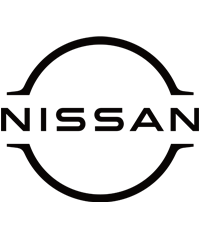 CITIES across Europe are going through a quiet revolution as taxi companies start to shift from conventional diesel-powered cabs to zero-emission – and near-silent – Nissan LEAFs.
CITIES across Europe are going through a quiet revolution as taxi companies start to shift from conventional diesel-powered cabs to zero-emission – and near-silent – Nissan LEAFs.
The world’s best-selling electric vehicle (EV) is fast becoming the taxi drivers’ favourite too. Cabbies are attracted by lower running costs and many are keen to do their bit to reduce the level of airborne pollution in city centres.
Two years after the ground-breaking EV went on sale in Europe, Nissan LEAF taxis are now operating in Holland, Switzerland, Germany, Portugal, Spain and the UK. And more are on the way!
One of the strongest advocates of the Nissan LEAF as a taxi is Amsterdam-based Taxi-E company. With a fleet of 13 Nissan LEAFs, the firm’s drivers have covered over 434,000 miles – that’s further than the distance between the earth and the moon.
The cars are quick-charged two or three times a day using 100 per cent green energy, meaning they’re always ready for passengers.
One of the entrepreneurs behind Taxi-E, Ruud Zandvliet, said: ‘Amsterdam has some 3,000 taxis, so while our fleet is helping to reduce emissions, there is obviously room to reduce these even further.’
Switzerland’s largest city, Zurich, will soon have a fleet of pure-electric Nissan LEAF taxis moving people around the city. Later this year, ten Nissan LEAFs will hit the road supported by a network of city-wide fast chargers as part of Zurich’s plans to make 15 per cent of its taxi fleet electric by 2015.
In the UK, Phoenix Taxis runs a Nissan LEAF as part of its fleet and has installed three EV charging points at its headquarters in Blyth, Northumberland. Managing director Alexander Hurst said: ‘The main cost to any taxi driver is fuel. With prices rocketing on a monthly basis, EVs are becoming the more sensible fleet vehicle cost.
‘LEAF is incredibly luxurious and taxi drivers – notoriously unhappy with change – love the way LEAF drives. The gadgets available via the steering wheel also help make drivers’ lives easier. With real-time savings of £5,000 a year in fuel, we’re expanding our fleet and will have 15 LEAFs on the road by summer 2014.’
In Portugal, the first country to sell Nissan LEAF in Europe, Lisbon-based owner-driver José Ferreira replaced his diesel-powered taxi with a Nissan LEAF. He has driven more than 9,300 miles so far, covering 50-60 miles a day, and reveals that 70 per cent of his customers liked the experience so much they would actively choose to ride in an electric taxi.
Helping to cut pollution
Fuel and running costs are the biggest factors for taxi owner-drivers, meaning every Euro counts. Owner-driver Roberto San José from Valladolid, Spain has spent just £1,540 on electricity to power his Nissan LEAF for more than 47,000 miles. Fuel for a diesel-powered car would have cost more than £8,550, saving Roberto more than £7,000.
Taxi bosses at Prima Clima are making their mark on the taxi business in Hamburg, Germany, with a fleet of four LEAFs. Liveried in the world-famous, pale-yellow body colour of all German taxis – with contrasting doors displaying blue skies and clouds – this fleet is backed by the city’s council and supported by 50 EV charging points and two quick chargers.
Globally, Nissan LEAF-based taxis are helping to cut pollution on the streets of New York, Rio de Janeiro and many cities in Japan.
Jean-Pierre Diernaz, Director Electric Vehicles Europe, said: ‘There is little doubt that the Nissan LEAF is an ideal vehicle for taxi operators. It’s cheap to run and easy to maintain. It’s good to drive and passengers like the space and comfort.
‘From a driver’s point of view, LEAF’s brisk acceleration allows it to easily keep with the traffic flow and the growth in quick-charging networks provides easier access to rapid ‘‘refuelling”. With zero-emissions and whisper-quiet running, just one Nissan LEAF can make a difference to life in the city.’



